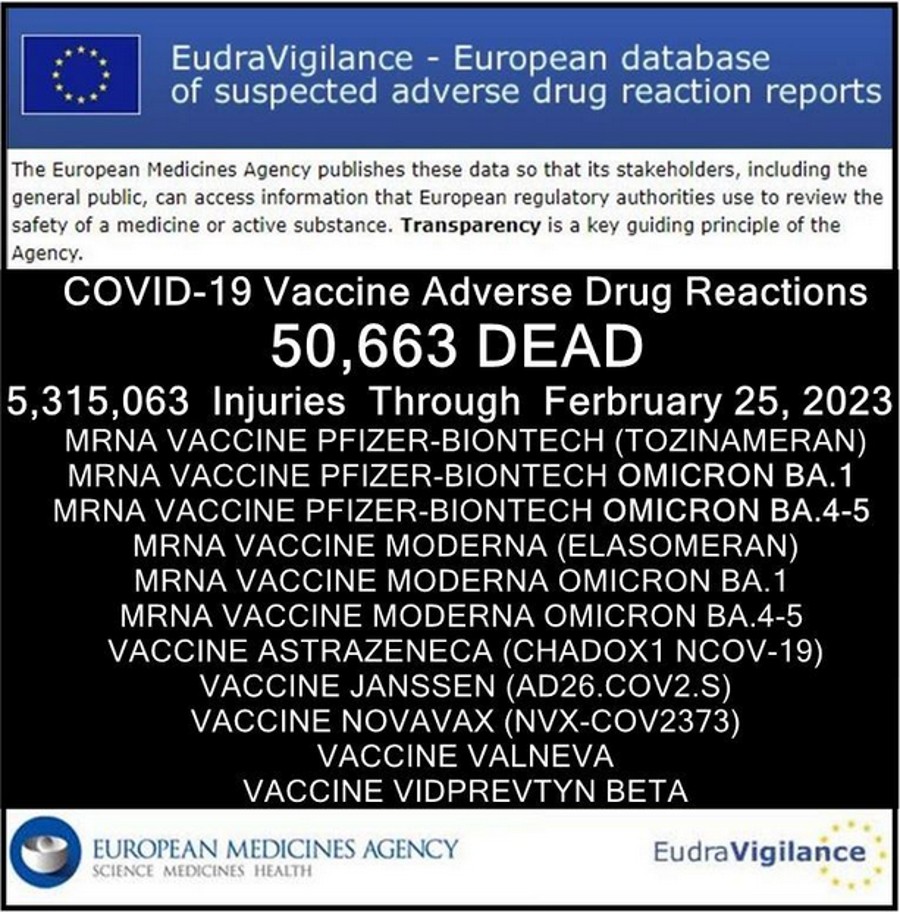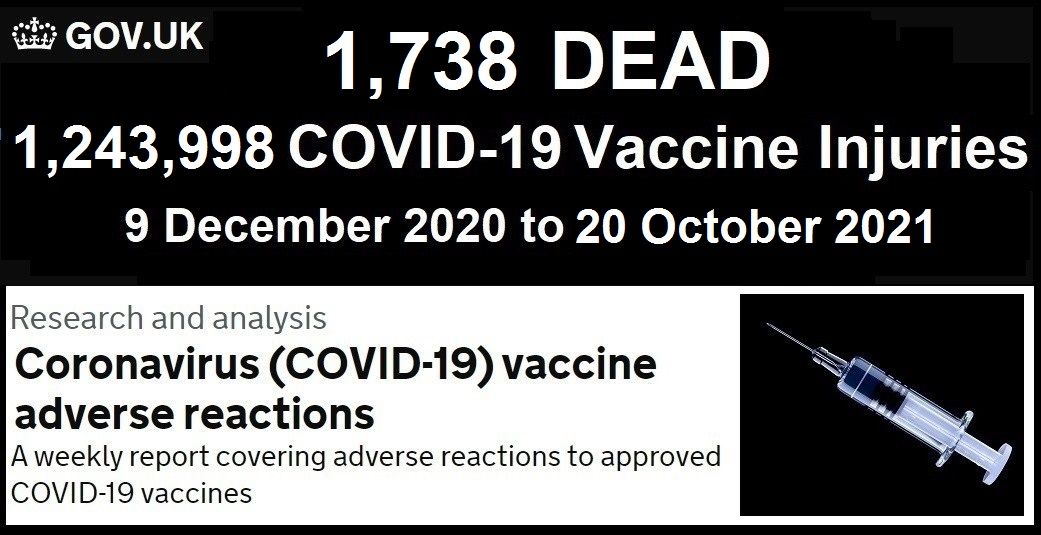Pfizer on Tuesday said results of Phase 2 clinical trials of its experimental Lyme disease vaccine delivered "positive" results, including among pediatric trial participants. The vaccine "offers Pfizer the chance to add a growth driver to its mammoth vaccine unit," but some experts say treatment is a better solution.
Pfizer on Tuesday said results of Phase 2 clinical trials of its experimental Lyme disease vaccine delivered "positive" results, including among pediatric trial participants.
The drugmaker is developing the VLA15 vaccine in conjunction with the French biotech firm Valneva, which Pfizer described as "a specialty vaccine company focused on prevention of diseases with major unmet needs."
VLA15 is a "multivalent protein subunit vaccine," targeting "the outer surface protein A (OspA) of Borrelia," the bacteria which causes Lyme disease, Pfizer reported.
The Phase 2 study included adult subjects and children 5 to 17 years old. Overall, 600 healthy participants were enrolled in the study.
"VLA15 has demonstrated strong immunogenicity and safety data in pre-clinical and clinical studies," Pfizer said.
According to the two companies, the "positive" results arising from Phase 2, including "positive pediatric data," will allow them to proceed with a planned Phase 3 trial.
In Phase 2, the companies tested the experimental VLA15 vaccine at two different administration schedules: a two-dose regimen six months apart, and a three-dose regimen with follow-up shots administered at two and six months after the initial administration.
Both schedules involved 180 μg doses.
"VLA15 was found to be more immunogenic than in adults with both vaccination schedules tested," and "the safety and tolerability profile seen in the 5- to 17-year age group was similar to the previously reported profile in adults," the companies said.
Similar to claims Pfizer made about booster doses of the COVID-19 vaccines, the drugmaker also said that while the two-dose regimen of VLA15 demonstrated immunity, a third VLA15 dose "increased the level of antibodies against an outer surface protein."
Click on the link for the rest.










Comments powered by CComment